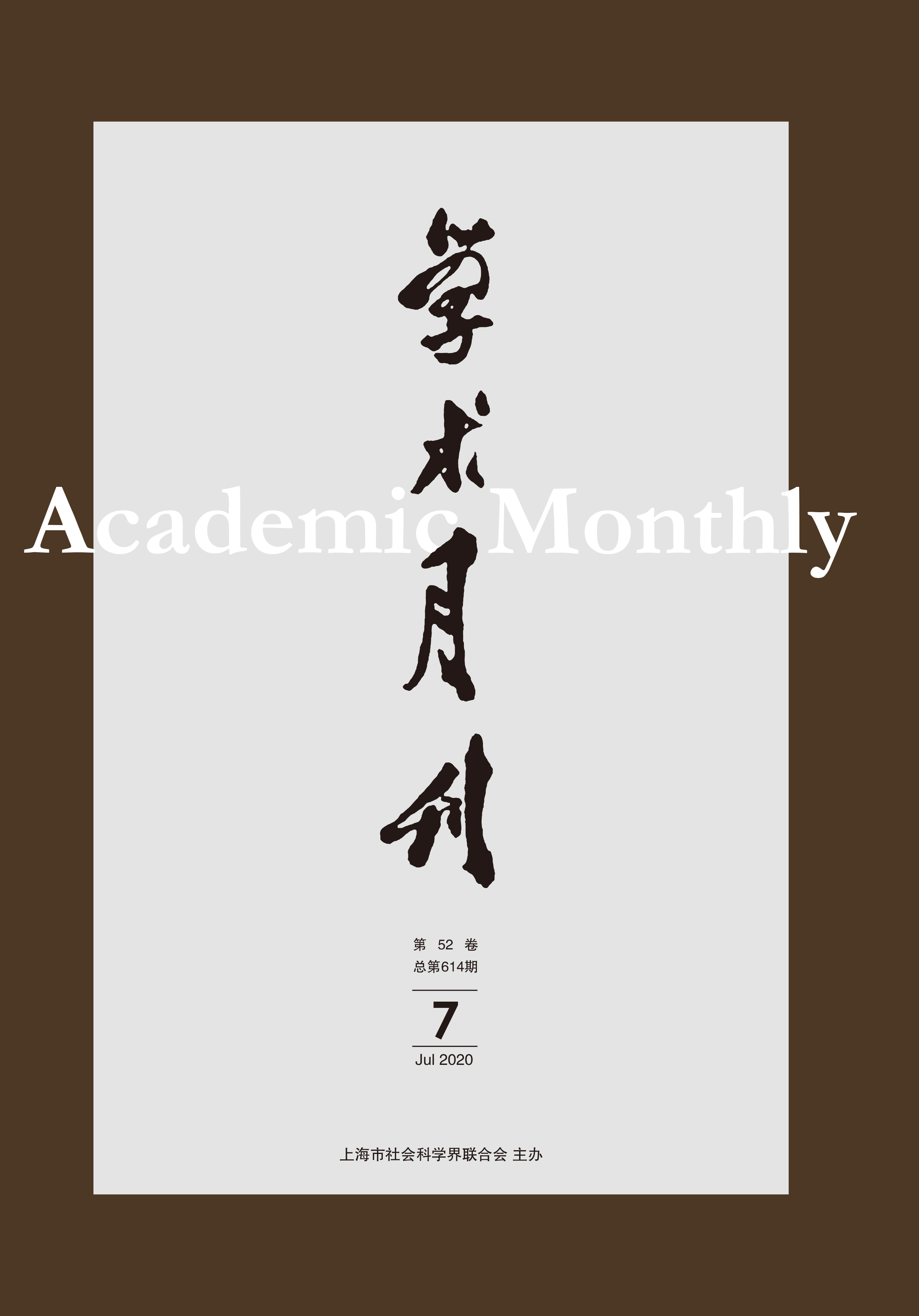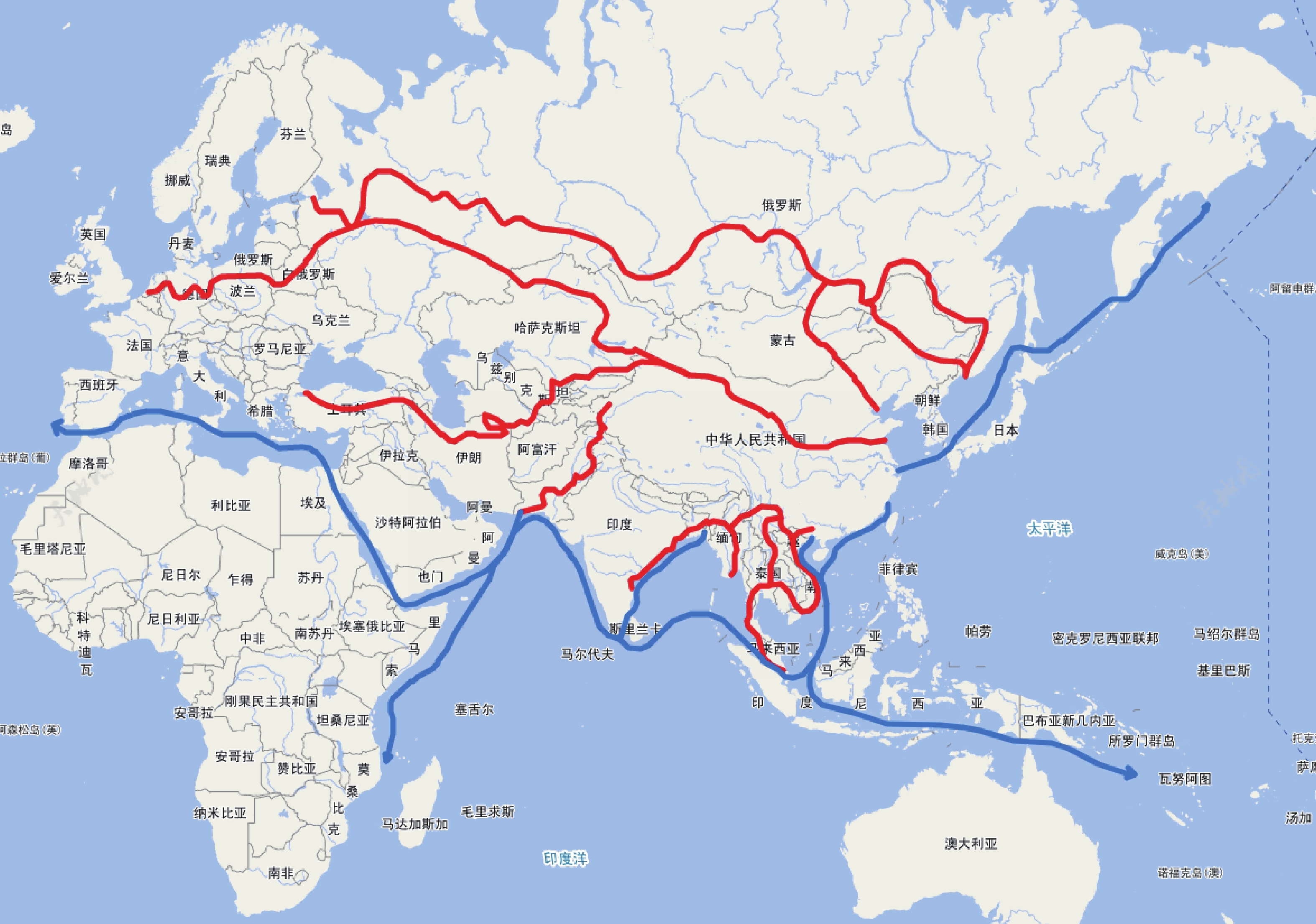A New Integrative Vision: China’s Belt-Road Initiative and Its Asian Infrastructural Investment Bank
- Available Online: 2020-07-20
Abstract: China has long been trapped in the dilemma of many developing countries, for which the modern West is both the imperialist enemy and the model of development. Its modern and contemporary history has seen violent swings from outright rejection of the West to imitation of it. Now, nearly two centuries later, China is finally working its way toward a more integrative approach, drawing both on its experience of anti-imperialist revolution and of Western-style modernization, and is moving forward with a vision that would attempt to take the best from each of the hitherto either/or approaches. Much of Western scholarship and analyses, however, are still largely mired in an older Cold War Manichaean world view, with a tendency to project onto China Machiavellian schemes in the pursuit and uses of power. Even Chinese scholars themselves, under the influence of political science studies that focus mainly on power and its use, have tended to overlook the distinctive Chinese mode of thinking of combining moral visions with practical considerations. Or, they are limited to restating or explicating official discourse, without considering actual practice or its underlying vision. We need a better understanding of the conceptual roots of China’s new integrative perspective and vision in order to better understand its new strategy for development and its new vision for the future. A comparison of the new vision with the recent strategies for rural development in China in the last section of this article will serve to illustrate more completely and clearly the differences between the two approaches.




 沪公网安备 31010102003103号
沪公网安备 31010102003103号 DownLoad:
DownLoad: